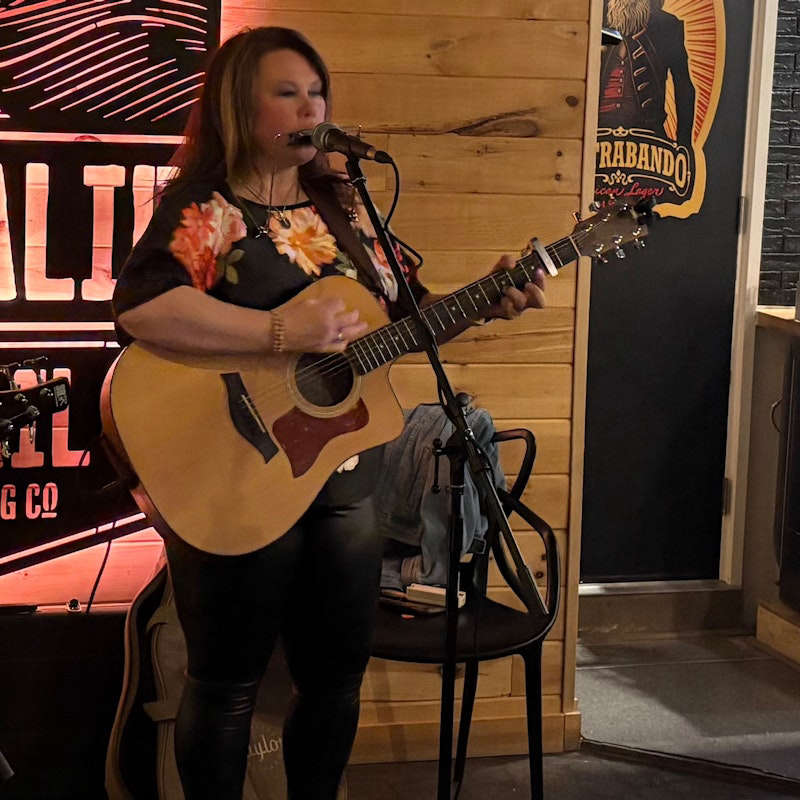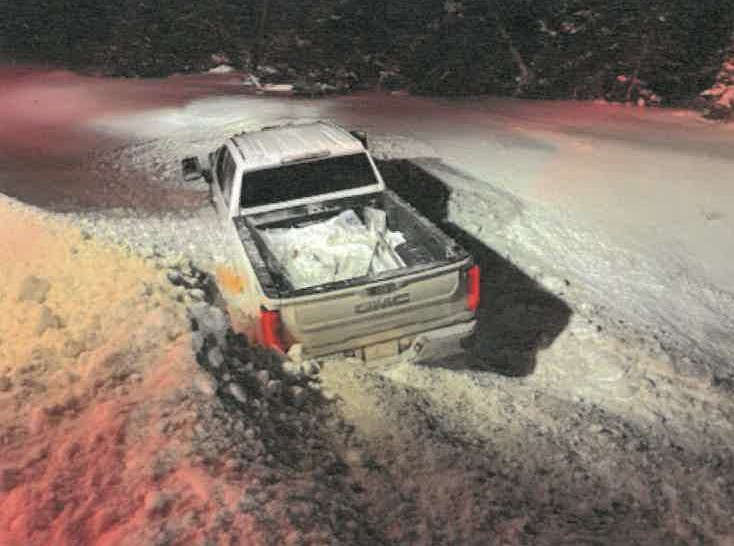
Natural Resources Technician Byron Bennett says aboriginal fisher guardians help them with this each day and data collected is analyzed to see if the population is declining.
Green crab was first found in North America in the early 1800's and has arrived in Newfoundland waters, adapting and expanding rapidly in its new environment. The species feeds on shellfish and other crustaceans, but also eats small and juvenile finfish in eelgrass beds. Green crab cut the roots of the eelgrass, which destroys an ecological habitat. Byron Bennett is a Natural Resources Technician. He says the Qalipu Environmental and Natural Resources team has been studying the population at sites throughout the Bay of Islands and the west coast. Bennett says aboriginal fisher guardians help them with this each day and data collected is analyzed to see if the population is declining. He says these invasive species make it hard for small fish to survive and they cover over species like mussels and clams, and prevent them from filter feeding to get the nutrients they need. Bennett says the team is also keeping an eye on an increase in tunicate, which is found on fishing gear and rocks at dockside, and looks like a thick slime.

 New agreement means NL Hydro can buy power from Corner Brook Pulp and Paper at reduced rate
New agreement means NL Hydro can buy power from Corner Brook Pulp and Paper at reduced rate
 New CAO at Qalipu First Nation, Brad Evoy, was founding member at Bay of Islands Radio
New CAO at Qalipu First Nation, Brad Evoy, was founding member at Bay of Islands Radio
 Applications open soon for the Aging Well at Home Grant, those eligible to receive $400 a year
Applications open soon for the Aging Well at Home Grant, those eligible to receive $400 a year
 MHA and former TV news reporter releases Christmas recording, second one this month
MHA and former TV news reporter releases Christmas recording, second one this month
 St. Anthony man charged with impaired after single vehicle crash near Wiltondale Friday night
St. Anthony man charged with impaired after single vehicle crash near Wiltondale Friday night










